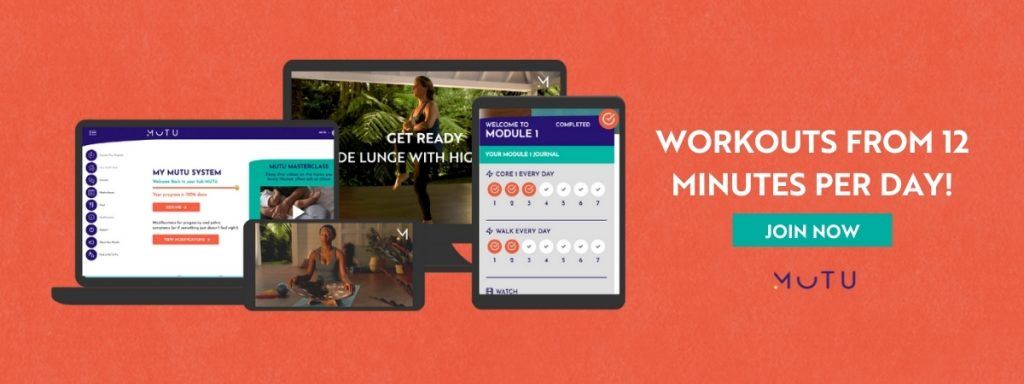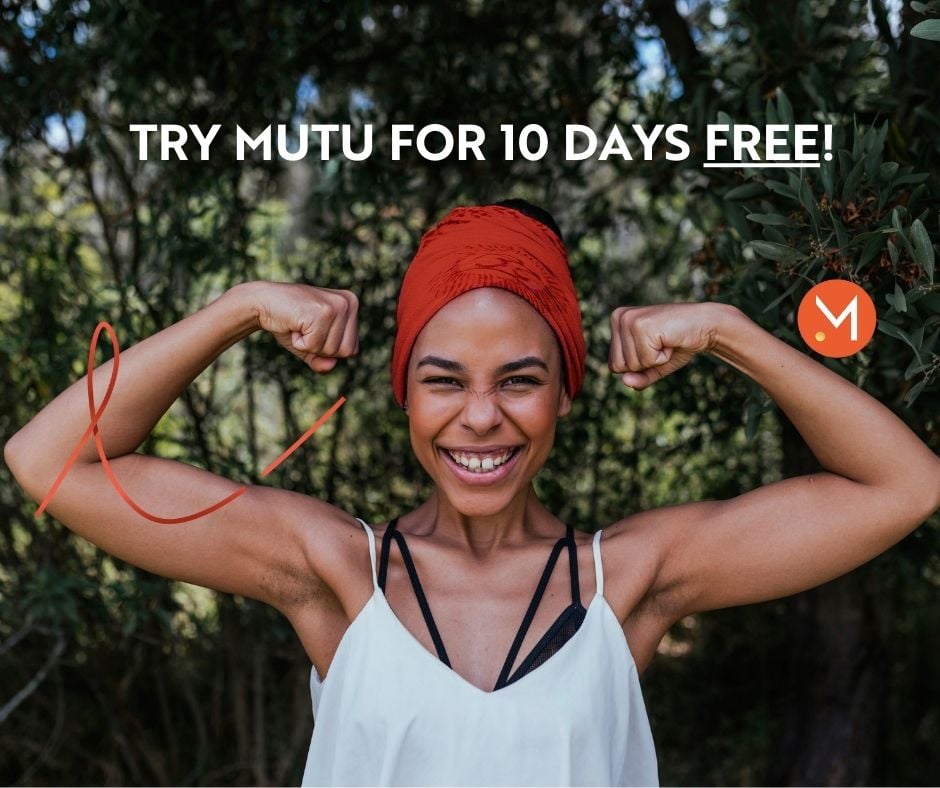Back pain after pregnancy is a common issue that mamas face, let’s talk about some ways you can support your body so back pain doesn’t keep you from focusing on what matters most during this time.
Back pain after pregnancy | Tip 1: Reconnect
Your body has been pretty busy. Regardless of how much you exercised during your pregnancy, there is vital reconnecting of your core and pelvic floor that needs to happen postpartum.
Your body is a dynamic system that is all interconnected. Back pain after pregnancy is not just an isolated issue with your back, the entire system needs to be addressed. For new mamas the core, pelvic floor, and glutes need some TLC. Yes, they need to be strengthened but before you strengthen a muscle you need to be connected to it.

First step, reconnecting to these muscles through gentle activation. This is perfect for the 4th trimester as well because you are not going to be jumping straight back into a gym routine, but you can support your body through movement (more on that in just a minute).
Your core and pelvic floor are a dynamic duo that work hand in hand. They both went through quite a lot during pregnancy and birth, and are absolutely in need of some love and care! To understand how to engage your core and regain that connection back check this out.
Tip 2: Walking every day
Walking is a functional and foundational movement, we need to walk. Our bodies need it and our minds need it. Especially postpartum, walking has countless benefits. Back pain after pregnancy can be tied to less movement – you are physically recovering from birth (C-section mamas make sure you check THIS post out) so your activity level is less than normal, you are sitting down to feed your baby a lot, and daily hustling and bustling about is less during this time. This can lead to aches and pains (especially back pain) because your body was made to move.

Start walking as soon as you feel you can after birth. Your walks at first will most likely be a very short distance and very short in time. Build up slowly. Make it a goal to walk to the end of your driveway and back. Next, set your sights on walking around the block. As you start to feel up for it add more time, more distance, and different scenery to your walks.
HERE is a great read that goes more into guidance for making the most of your walks.
Back pain after pregnancy | Tip 3: how you move
It is important to consciously support your body better during this time. Quality of movement matters, especially to help back pain after pregnancy and help in overall postpartum healing.
The way you lift things up (tiny humans and stuff), changing positions (getting out of bed, standing up..etc), positions during feeding (breast and bottle!), and more. For some quick tips on moving better watch this:
Tip 4: Sleep
The thing you took for granted for far too many years before motherhood, that is now the rarest most precious resource on the planet. Sound relatable?! Sleep matters. Plain and simple. To help your body feel its best (goodbye back pain) you need rest.
Some things in life and motherhood are negotiable and some are non-negotiable.
- Negotiable:
- Dishes
- Laundry
- Bra
- Non-negotiable
- Sleep
- Sleep
- Sleep
Please make this a priority, during healing and recovery you need good rest. I know it can feel impossible but do everything you can to make the time to rest.
Back pain after pregnancy | Tip 5: Get comfy
We all just need some extra support at times. Yes, social support but no that is not what I am talking about right now. Though after you finish reading this, pick up the phone and call someone. Tell them how you’re feeling and connect.

The kind of support I am talking about right now is physical support. Remember that disconnect we talked about? The need to strengthen and activate weak muscles? Back pain after pregnancy is not something you should just suffer through. Sometimes having some gentle support as you carry your baby, lift things, and go through your day can make the world of difference.
Support through special kinds of postpartum garments can be a good option (supportive leggings, shorts, tank tops) or a wrap from your Physio can also add some needed support and stability. Let’s be very clear about something here though – this is NOT about wearing a binder tight to improve the appearance of your tummy. Wearing tight binders can actually have a negative impact on core and pelvic floor help and is not a true solution for diastasis recti, more on that HERE. The kind of support recommended here is a gentle support for physical needs, worn when needed as you work on recovering and strengthening.
And get comfy. Use pillows, bolsters and pillows when you sleep or work, and especially when you’re feeding your baby.












